Gear Guide: White Hills’ Ego Sensation Shares Her Favorite Bass Gear for Psychedelic Sounds
For over a decade, New York’s White Hills have been at the forefront of modern psychedelic rock.
Comprised of bassist/vocalist Ego Sensation and guitarist/vocalist Dave W., along with a revolving cast of drummers and additional musicians, the group has over 40 releases to their name, including most recently, its 2015 LP, Walks for Motorists (Thrill Jockey). In addition to their prolific recorded output, the band is a staple on the touring circuit where their explosive fusion of psychedelic, space rock, post-punk, krautrock, and ambient experimentation makes their performances feel less like traditional rock shows and more like full body and mind experiences. And when it comes to this area of music, that’s the best litmus test for knowing if shit is good.
White Hills is currently on the road with Vancouver-based psych collective Black Mountain before heading to Europe for a month-long tour, which will include an appearance at Eindhoven Psych Fest. This summer will find the group back in the studio recording a new album and working on a collaborative project with video artists Rachel Rampleman and Vanessa Albury on a sound installation for a gallery show in New York’s Hudson Valley.
With the current tour underway, we asked Ego about White Hills’ latest incarnation, the creative flow that can come from changing things up, and got the lowdown on her five favorite pieces of gear. Check it all out below and get your brain melted by White Hills in a venue near you.
She Shreds: This tour marks White Hills’ first time touring as a duo. What have you been doing differently to fill out the band’s sound? The band is known for changing things up a lot, but do you think you will keep this version of the band for the foreseeable future?
Ego Sensation: For these duo shows we’ve been exploring more of our atmospheric material. We use some drum loops but mainly the sound is filled out the way we usually do it with the bass and guitar. We aren’t tied to any one version of the band so it probably will continue to shift depending on the type of new material we’re working on. The other great thing about doing these shows as just the two of us is that we have one less person to share the booze with.
Psychedelic music is special in part for its “anything goes” mindset as far as experimentation is concerned, and although it is often associated with the 60s and 70s there is no shortage of musicians or listeners drawn to it. What keeps it fresh for you? What are some tips you would give to musicians looking to incorporate psychedelic sounds into their art?
Try different things all the time! True psychedelic music is disorienting in some way, so the best way to get there is to throw yourself for a loop. Whenever I feel stuck I use a technique similar to Brian Eno’s Oblique Strategies. I’ll give myself a different task as a starting point for a song. It could be using an instrument I’m not as familiar with, using an awkward chord structure, anything that forces me to mix up my habits. Changing your habits allows for real exploration and discovery.
Do you prefer vintage or modern gear, or a combination? Why?
There are benefits and drawbacks to both. I do prefer the sound of older/analog effects and synths but at the same time, modern technology has provided us with so many portable, great sounding options. The possibilities are too vast to naysay.
Can you please share a list of 5-6 of your favorite pieces of gear and how they affect the sound of your instrument?
1) Ampeg Dan Armstrong Bass: I love this bass and don’t like to play anything else right now. It was made in the ’90s as part of a limited run of copies of the original 1969 version. It has a clear, Lucite body, a medium scale, and it comes with two quick change pick-ups: Broad Bass and Deep Bass. It’s funny because I get complimented all the time on how beautiful it is but when I first saw it I thought it was hideous. My friend Jeff from Caveman was selling it and convinced me to give it a try and I ending up really loving the way it sounded and felt in my hands. On the downside, it’s pretty heavy.
2) Homebrew Electronics Hematoma 2 Channel Bass Overdrive/PreAmp: I use the preamp on everything. It gives my sound a huge boost. Because we tour in so many different situations, I’m often using amps that aren’t my first choice and this pedal helps me keep my sound consistent. The overdrive is gritty which is perfect for my taste.
3) Electro-Harmonix Freeze Sound Retainer: I use this mainly in conjunction with the next 2 pedals. It’s great for filling out our sound.
4) Moog Cluster Flux Chorus/Flange: This is a fantastic pedal I got directly at Moog headquarters. You can switch between the flange and chorus settings and adjust the waveform, delay, rate and mix. I use it as an instrument with the Freeze to create spacey landscapes and also as a straight effect pedal on the bass.
5) Moog Bass MuRF: This has a 7-band array of resonant bandpass filters, a shelving (lowpass) filter and an animation module that generates sequences of envelopes that modulate the levels of the 8 filters. I use this with the Freeze pedal to create sequences to play against.
.
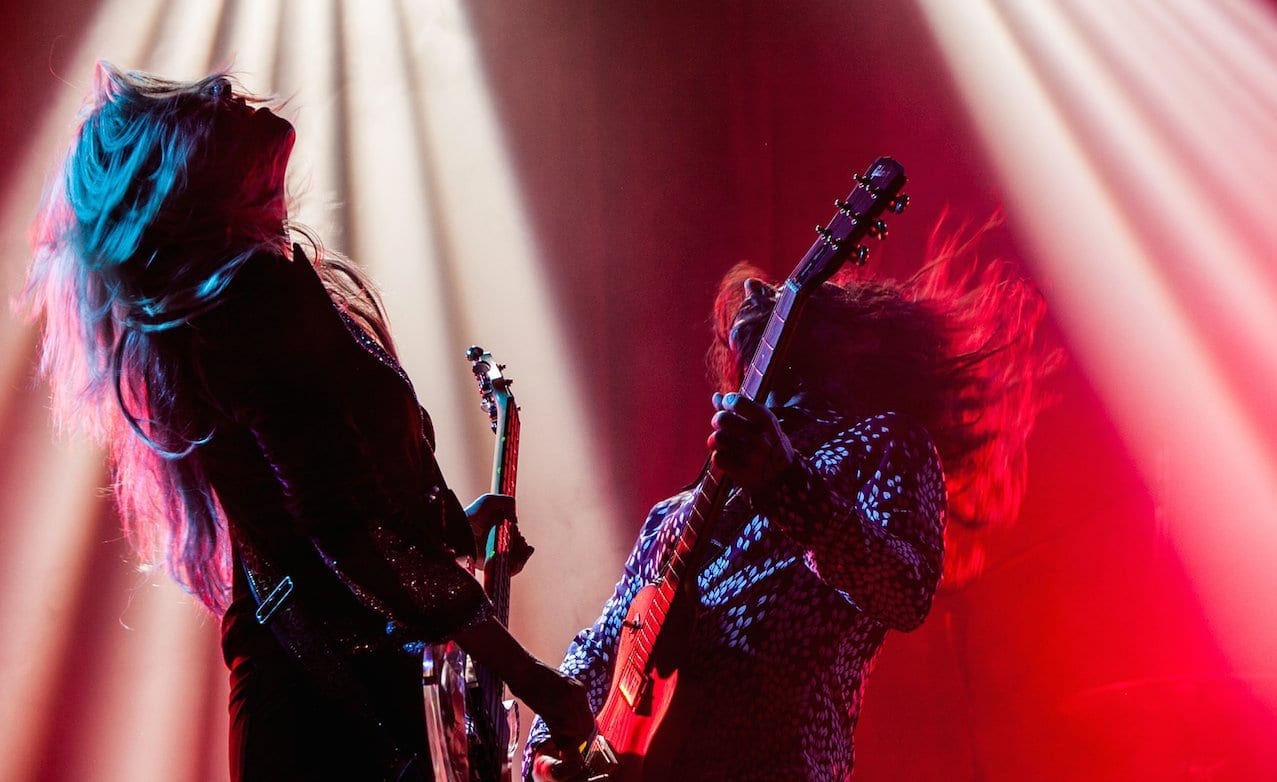

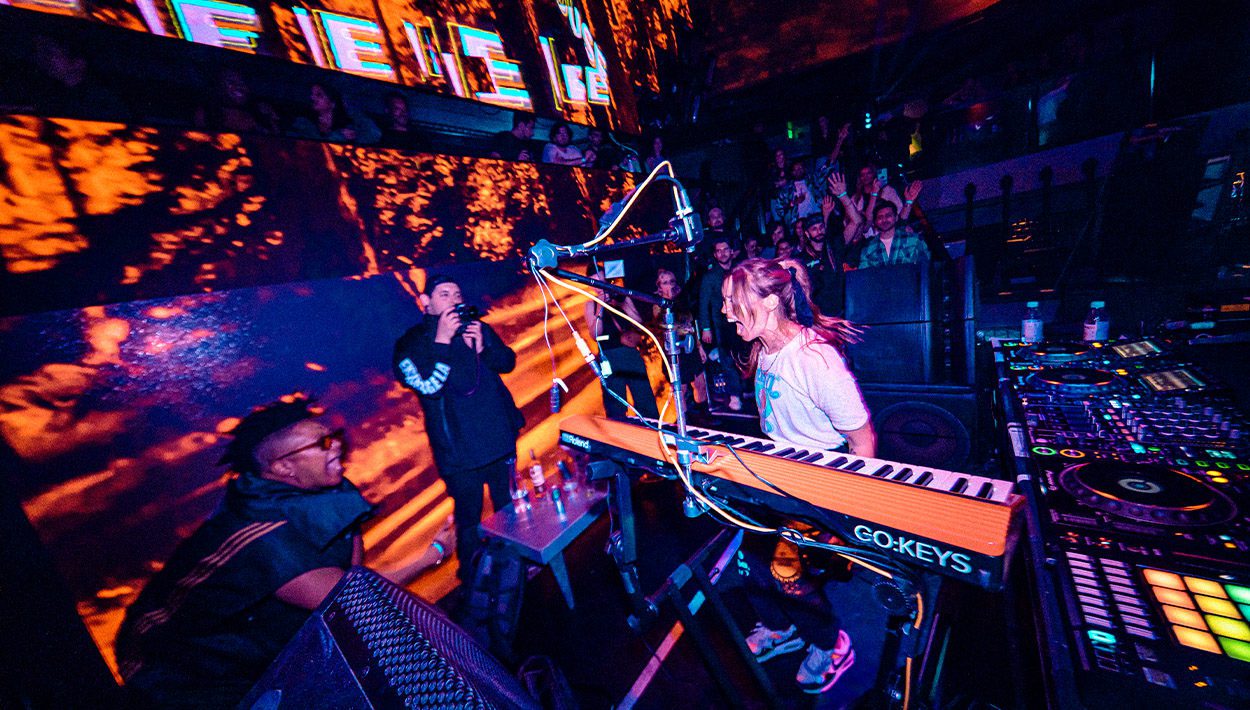
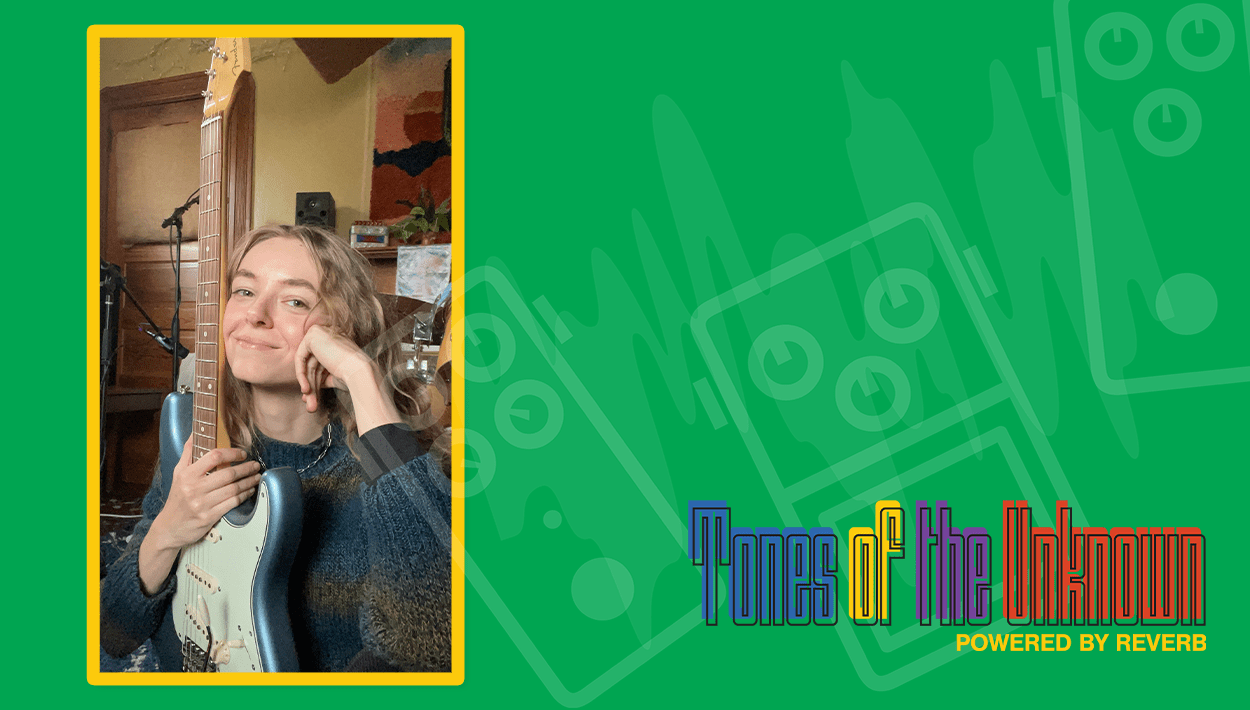
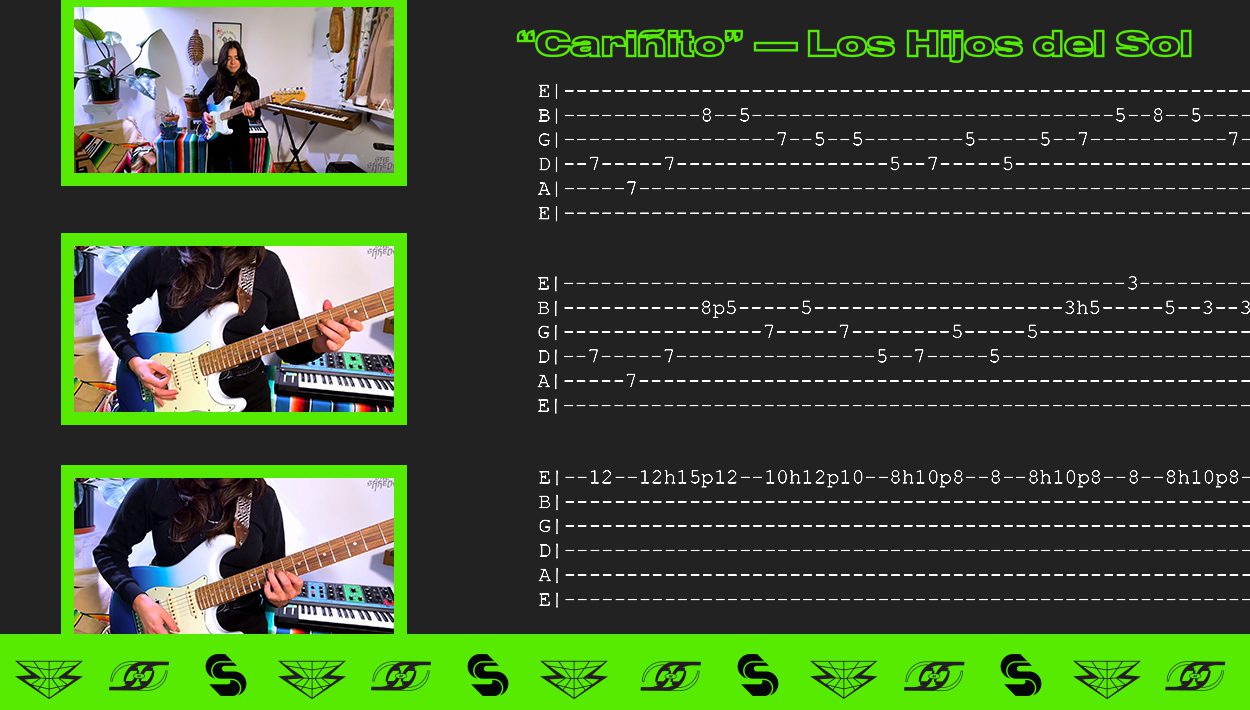
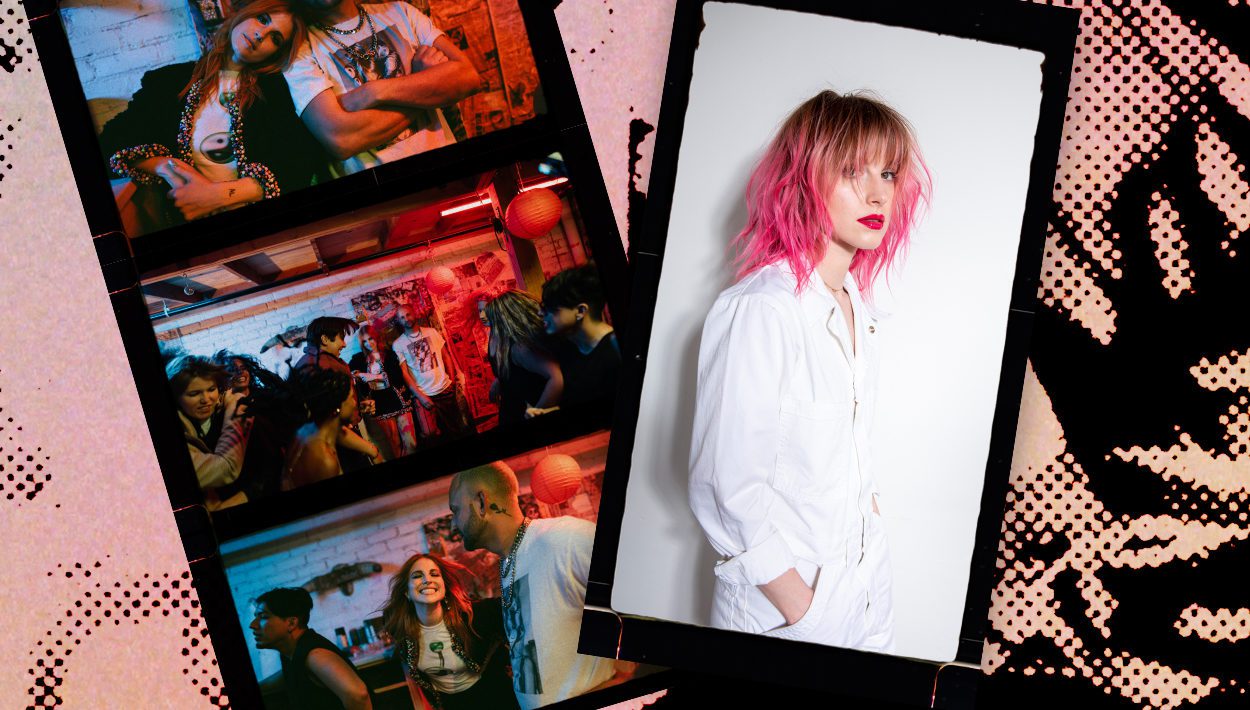

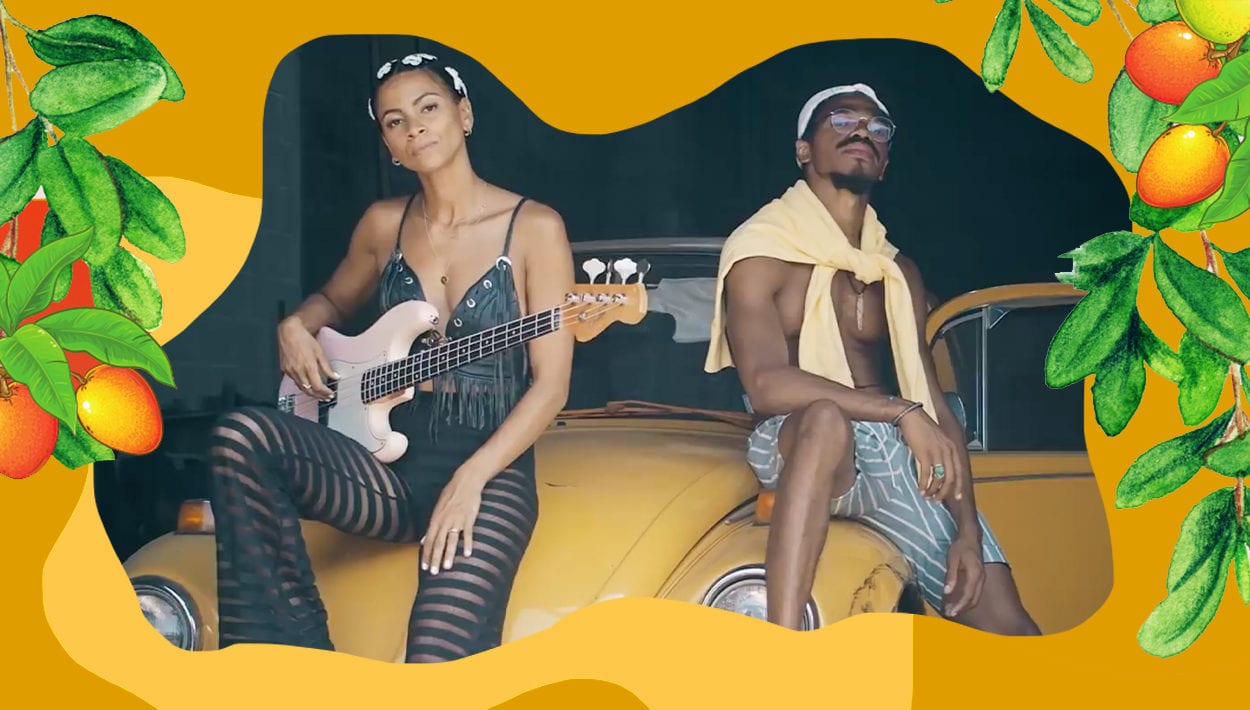
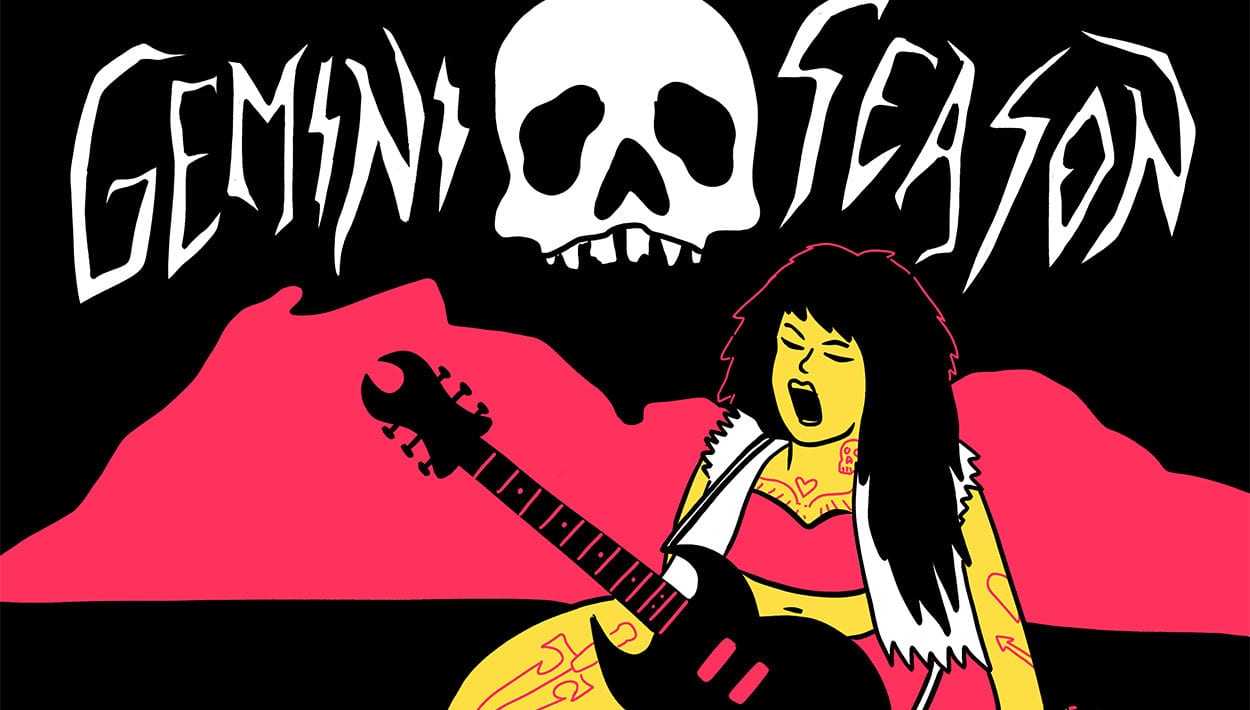

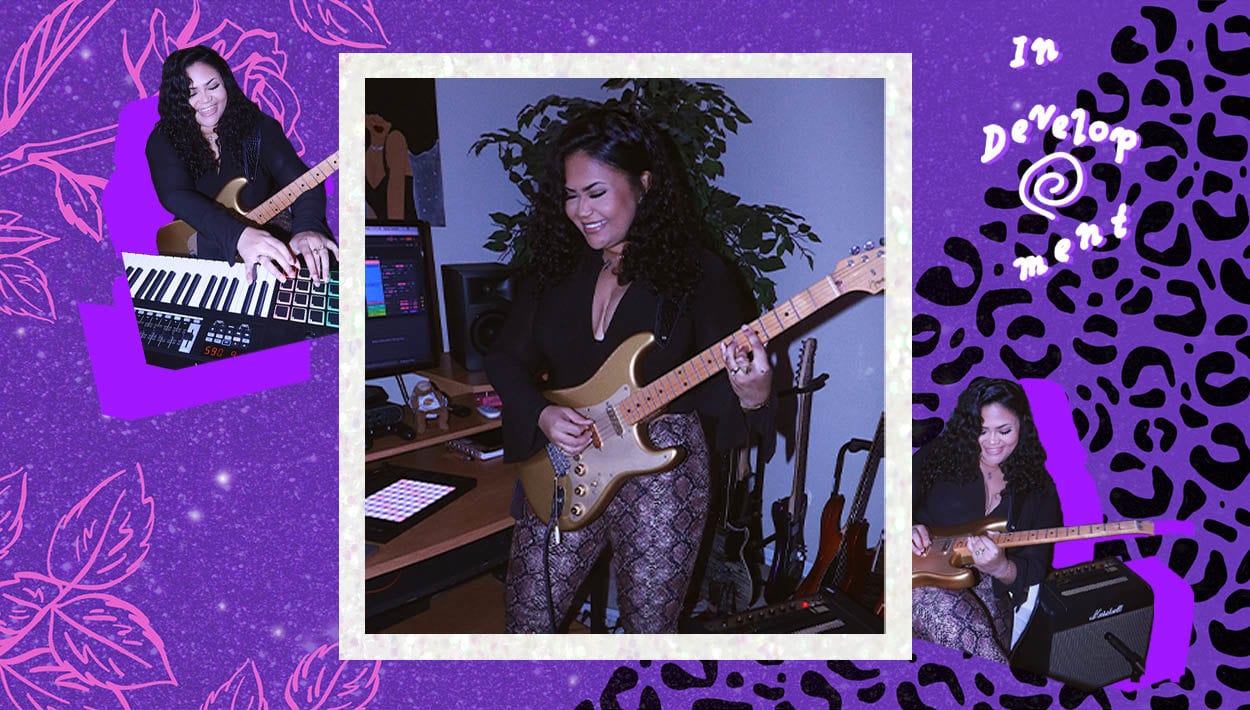
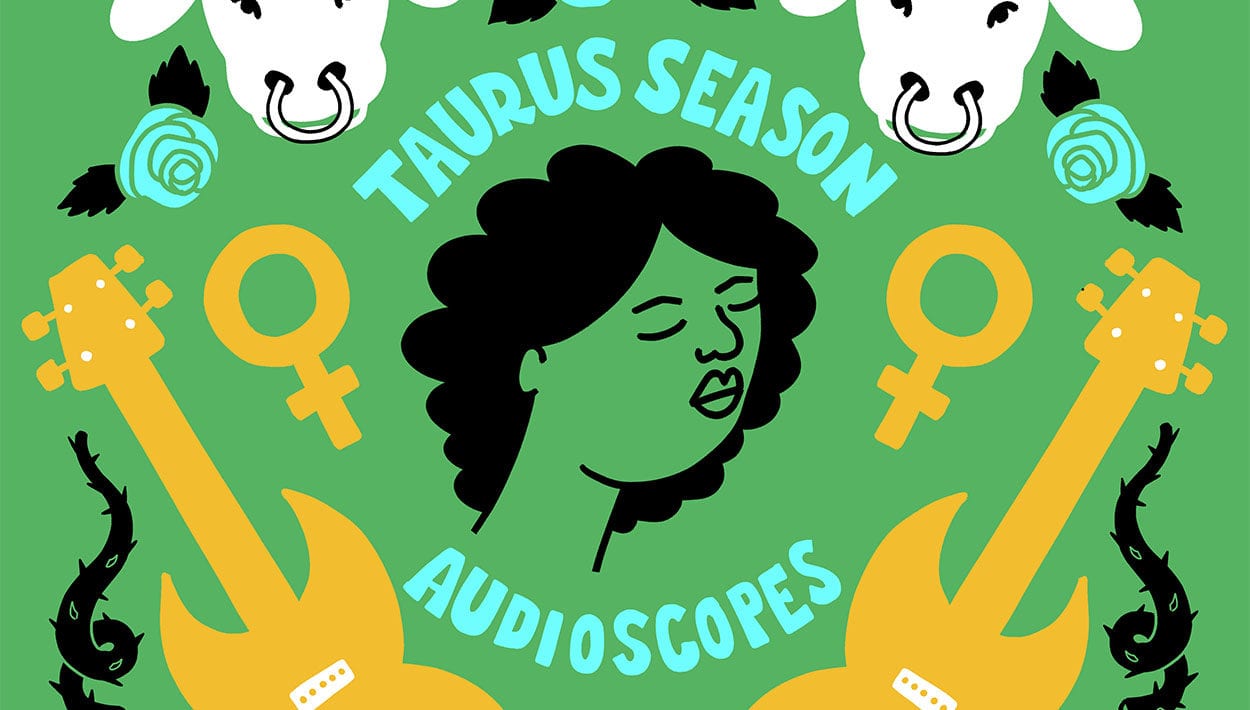


Comments
No comments yet